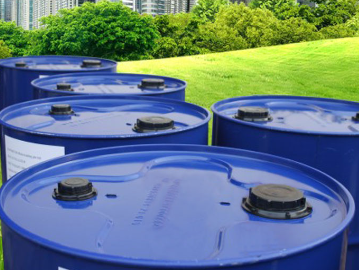Are You Using the Right Silicone Fire Sealant for Your Fire Safety?
In the realm of fire safety, the correct selection and usage of fire sealants are paramount for ensuring the protection of life and property. Silicone fire sealants, in particular, have gained popularity due to their desirable properties such as excellent temperature resistance, flexibility, and durability. However, it is essential to ensure that the right silicone fire sealant is being used for maximum fire safety. This article will explore the importance of choosing the correct sealant and provide guidelines for selecting and using silicone fire sealants effectively.

The first consideration in selecting a silicone fire sealant is to evaluate its fire resistance rating. Fire resistance is measured by the time it takes for a sealant to fail in a fire test, usually expressed in hours. Fire resistance ratings can vary depending on the manufacturer, so it is crucial to understand the specific requirements of the application. For instance, a higher fire resistance rating may be necessary for high-risk areas such as fire-rated walls or floors, where containment of fire and smoke spread is vital. Understanding the fire resistance requirements of a particular installation is crucial in selecting the appropriate silicone fire sealant.
Another crucial factor to consider is the sealant's compatibility with the substrate material. Silicone fire sealants may be used on a variety of surfaces such as concrete, metal, or wood. However, some substrates may necessitate specific characteristics in the sealant formulation to ensure compatibility and achieve a proper bond. For example, porous surfaces like concrete may require a sealant with good adhesion and penetration properties to ensure a secure bond. On the other hand, surfaces with a high degree of movement, such as expansion joints, may require the use of a flexible silicone fire sealant to accommodate expansion and contraction. Understanding the substrate's properties and requirements is crucial in selecting a silicone fire sealant that will provide the desired performance and longevity.
Temperature resistance is another critical consideration in choosing the right silicone fire sealant. The operating temperature range of the sealant should be compatible with the anticipated temperatures in the application. Fire sealants are often exposed to high temperatures during a fire, and using a sealant with inadequate temperature resistance can lead to failure and compromise fire safety. It is crucial to consult the manufacturer's specifications to ensure that the selected silicone fire sealant can withstand the expected heat exposure without losing its integrity.
Additionally, the application method and cure time of the silicone fire sealant should be taken into account. Different sealants may require specific application techniques and cure times for optimal performance. Some sealants may need a primer before application, while others may require a particular method of curing, such as exposure to air or moisture. It is essential to follow the manufacturer's instructions regarding the application and curing process to ensure the sealant's effectiveness. Inadequate application or insufficient curing can result in poor adhesion, reduced fire resistance, and compromised safety.
Regular inspection and maintenance are also crucial in ensuring the continued effectiveness of silicone fire sealants. Over time, sealants may age, deteriorate, or be subject to damage. Regularly inspecting sealant joints for any signs of cracking, shrinking, or disintegration is important for identifying potential issues and taking timely corrective action. Proper maintenance, including resealing or replacing aging sealants, is essential for avoiding any compromises in fire safety.
In conclusion, selecting the right silicone fire sealant is vital for ensuring fire safety. Several factors need to be considered, including fire resistance rating, compatibility with the substrate, temperature resistance, application method, and curing process. Additionally, regular inspection and maintenance are necessary to address any issues that may arise over time. By understanding and selecting the appropriate silicone fire sealant, individuals and organizations can significantly enhance their fire safety measures and protect life and property effectively.